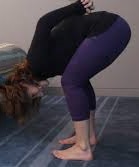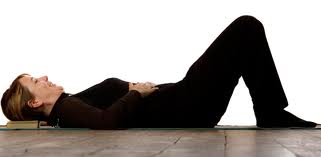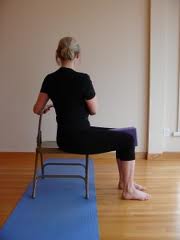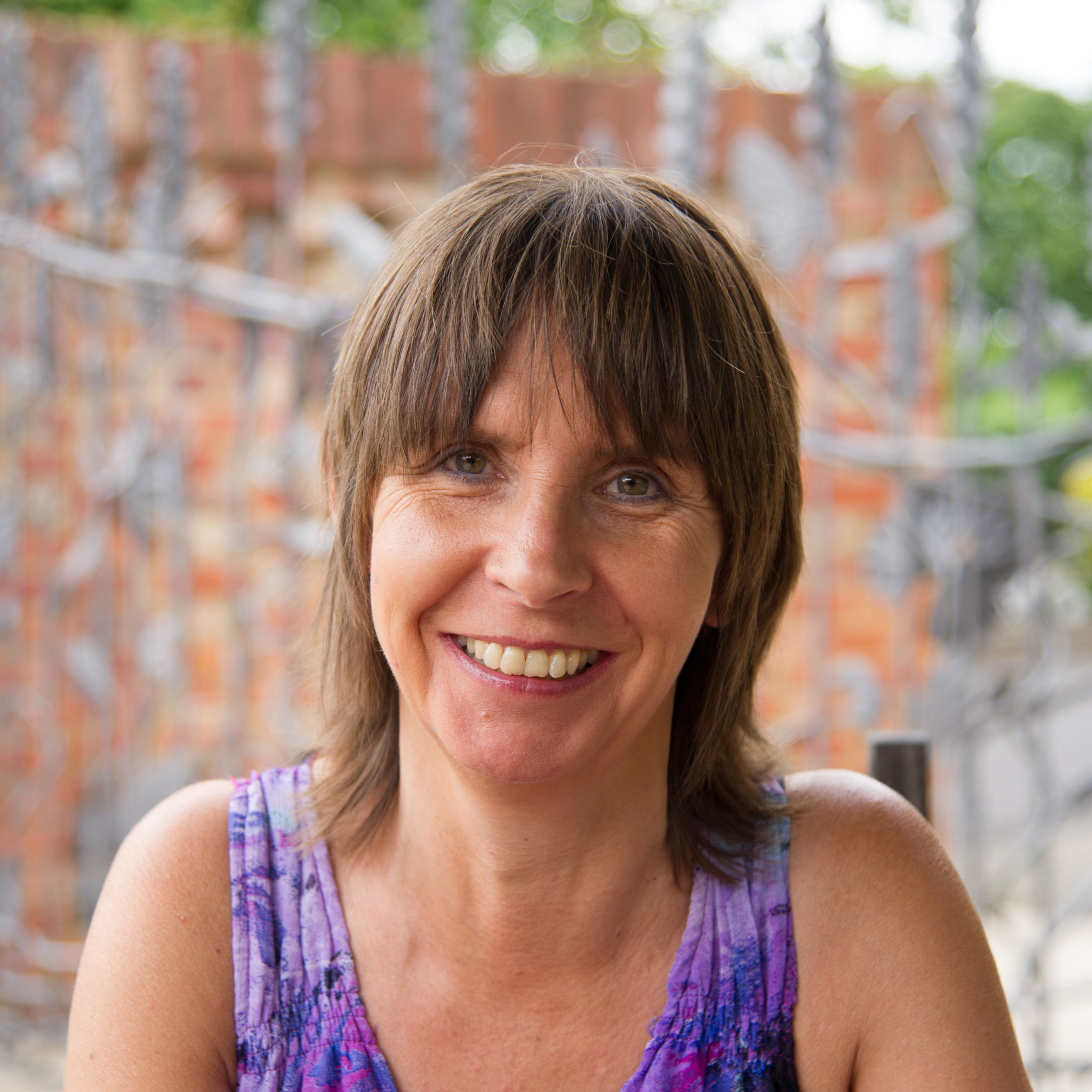The appropriate practice of yoga unifies all aspects of the system. It works on many levels and can be adapted to suit a wide range of needs. The key is REGULAR practice – The more regularly you practice the sooner you will see results
Physical – improves:
• Posture
• Breath length which helps with lung function
• Balance – helps prevent falls
• Improve or maintain mobility
• Improve or maintain strength and flexibility
• Improve or maintain bone density
• Rehabilitation, can reduce pain including chronic pain, especially effective for reducing low back pain
• Energy levels
• Sense of well-being
• Digestion/elimination
Reduces:
• Heart rate
• Muscle tension
• Flight/flight syndrome
• Blood pressure
• Stillness and pain
Cognitive – improves:
• Concentration
• Focus
• Mental clarity
• Memory
• Staying present
• Dexterity
• Co-ordination
• Reaction times
Emotional – improves
• Mood
• Resilience
• Awareness
• Anger control
• Mind-body connection
Reduces:
• Stress
• Anxiety
• Trauma
• Fear
Social
• Reduces sense of isolation
• Group support
• Make new friends
• Improves confidence
The Complementary & Natural Healthcare Council states that “Yoga can help with a wide range of disorders and stress related problems. Including back and joint issues; breathing disorders; issues during PMS, pregnancy and menopause; emotional issues such as anxiety, depression; injuries, surgery and illness. It may also enhance the quality of life for patients with chronic diseases”.
I am currently working with clients experiencing fibromyalgia, MS, ME, cancer, arthritis, back/neck pain, stress, anxiety, depression, PTSD, IBS, osteoarthritis, & crohns disease
Yoga therapy can be used alongside conventional medicine and other complementary therapies.







